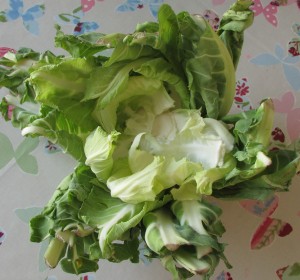 Tortillas are such a flexible meal for the family. You can whip them up in 2 minutes and you’ll never buy shop bought again! They are perfect for a picnic lunch and used as a wrap with your favourite fillings. My daughter loves to make them, placing each dough ball in the cast iron press and making perfect little rounds.
Tortillas are such a flexible meal for the family. You can whip them up in 2 minutes and you’ll never buy shop bought again! They are perfect for a picnic lunch and used as a wrap with your favourite fillings. My daughter loves to make them, placing each dough ball in the cast iron press and making perfect little rounds.
I bought my cast iron press from Mexico – via E-bay – it really wasn’t expensive. It’s great for entertaining guests as makes good party food. Here’s the recipe:
- 2 cups all-purpose flour (if you’re gluten free use Masa Harina – Mexican corn flour)
- 1/2 teaspoon salt
- 3/4 cup water
- 3 tablespoons olive oil
In a large bowl, combine flour and salt. Stir in water and oil. Turn onto a floured surface; knead 10-12 times, adding a little flour or water if needed to achieve a smooth dough. Cover, and let rest for 10 minutes in the fridge.
 Divide dough into 12 portions, and roll each portion into a little ball. I use a tortilla press, but you can easily use your hands or a rolling pin. On a lightly floured surface, roll each portion into a disk. In a large non-stick skillet cook the tortillas over medium heat for 1 minute on each side or until lightly browned. NB/ You don’t need any oil to do this.
Divide dough into 12 portions, and roll each portion into a little ball. I use a tortilla press, but you can easily use your hands or a rolling pin. On a lightly floured surface, roll each portion into a disk. In a large non-stick skillet cook the tortillas over medium heat for 1 minute on each side or until lightly browned. NB/ You don’t need any oil to do this.
Serve with whatever filling you like. (I did a pulled pork, salsa and guacamole for Father’s day, but you could easily do re-fried beans and cheese for a delicious frugal lunch.














